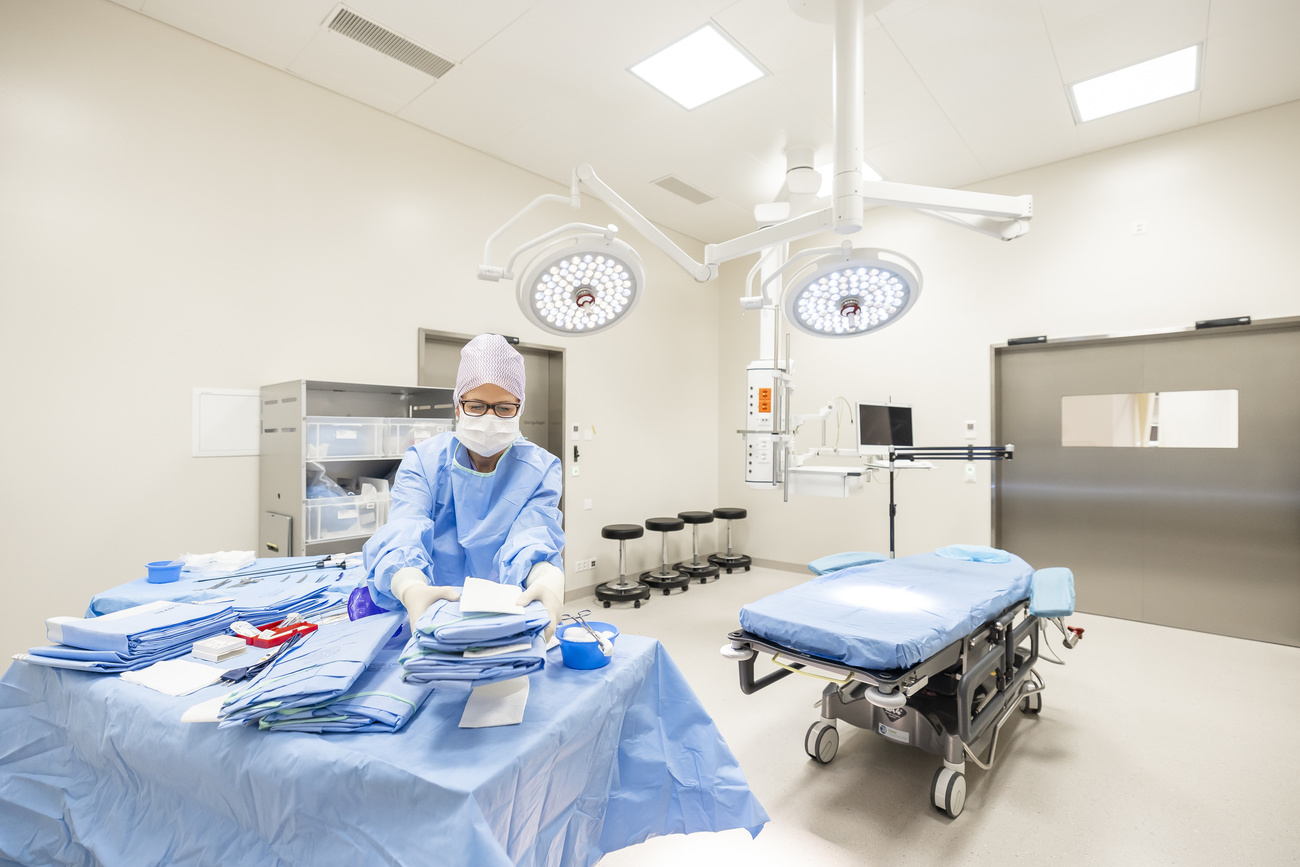Collapsed Baltimore bridge blasted into pieces in effort to clear wreckage

(Reuters) -U.S. crews in Baltimore set off controlled explosions on Monday to allow them to remove a portion of the collapsed Francis Scott Key Bridge from the bow of the massive container ship that toppled the span in March.
The detonations were meant to break the bridge’s truss into small sections, enabling salvage crews to use cranes and barges to haul away the twisted metal wreckage, the U.S. Army Corps of Engineers said. The work, originally planned for Sunday, was delayed because of weather conditions.
The U.S. Army Corps of Engineers and state officials did not immediately respond to requests for comment on how successful the detonations were.
In the early morning of March 26, the ship, the Dali, lost power and crashed into a bridge support, sending the span into the Patapsco River, with a major portion draped over the Dali’s bow. Six construction workers were killed.
The incident initially halted traffic at the Port of Baltimore, which ranks first in the U.S. in several cargo categories, including autos and light trucks, farm and construction machinery, imported sugar and imported gypsum, according to the state of Maryland.
Since the crash, four temporary channels have been opened, allowing for some shipping to resume. The Corps said it aims to restore port access to full capacity by the end of May.
Maryland estimates it will cost $1.7 billion to $1.9 billion to rebuild the bridge and anticipates completion by fall 2028.
In April, the FBI opened a criminal probe into the collapse. Safety investigators recovered the ship’s “black box” recorder, which provides data on its position, speed, heading, radar, and bridge audio and radio communications, as well as alarms.
(Reporting by Brendan O’Brien in Chicago and Brad Brooks in Longmont, Colorado; Editing by Frank McGurty, Josie Kao and David Gregorio)







